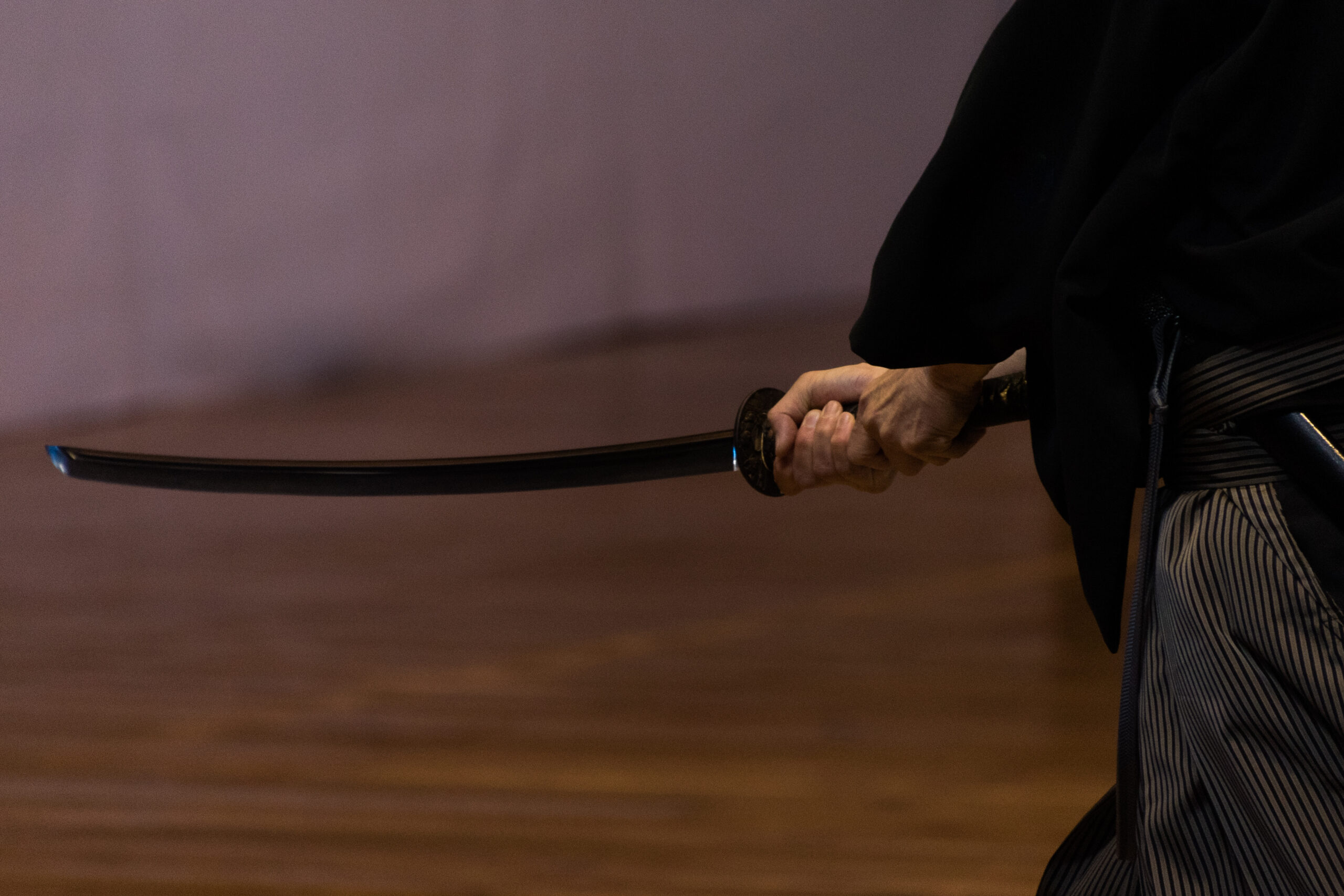What is the Shinsengumi?
Have you heard of the Shinsengumi, a group active in the late Edo period? You may be somewhat familiar with them because they often appear in manga and anime. Some may wonder if the Shinsengumi really existed, partly because the Shinsengumi in those stories have been adapted. The Shinsengumi did exist.
Japanese people feel sympathy for the losers. The more splendid their dispersal is, the more we love them. The Shinsengumi are the losers in history. However, their popularity is more overwhelming than that of the winners.
I, too, have been a fan since I learned about the Shinsengumi. I even went on a ”Shinsengumi pilgrimage”. In this article, I will also introduce the reasons why they are loved and the places associated with them.
What kind of people?

You may have the impression that they were a group of samurai, but in fact they were not. Although some were samurai, status was not a factor in their enlistment.
Isami Kondo, the leader of the Shinsengumi, was born in the Tama district of present-day Tokyo and was not a genuine samurai. The core members of the Shinsengumi were also from Tama and were closer to farmers than to warriors.
During the Edo period, there was a shogun in Edo, but the emperor was in Kyoto as a separate entity from the shogun. The Shinsengumi’s predecessor, the Roshigumi, was recruited to police the security of Kyoto when the Shogun of Edo visited the city.
At the time, the power of the Edo shogunate was weakening and a movement to overthrow the shogunate was underway. The Shogunate, which found it difficult to maintain security in the chaotic Kyoto, entrusted the Aizu clan with this role. The Aizu domain, located in present-day Fukushima Prefecture far from both Kyoto and Edo, was chosen for its loyalty to the shogunate and bravery. The Aizu domain hired the Shinsengumi from Kyoto, which had been separated from the Roshigumi.
What did they do?
It should be noted that the chain of command was clear and the organization was rational and modern. The existence of the “Kyokuchu-hatto(bureau law)” established to maintain the organization is also unique and well known. It is thought to be a reflection of the fact that the bureau was more concerned about its non-bushi origins than anyone else. Based on this law, a number of purges were carried out within the bureau.
Their greatest success was the “Ikedaya Incident. They detected an attempted terrorist act on a search and destroyed the faction.
Why were they defeated?
The Shinsengumi protected the city of Kyoto with their swords. It was not only the Shinsengumi, but also the hostile samurai.

However, the tide of the times was unstoppable. Gradually, the anti-Shogunate forces coalesced and went into full-scale war with the Edo Shogunate side. The anti-Shoguate side claimed to be the new government, and with their modern guns and equipment, they hunted down the Shogunate side. The Shinsengumi were also driven out of Kyoto, returned to Edo, and set out for the land of Aizu while fighting a series of battles. On the way, Isami Kondo, the leader of the Shinsengumi, was captured and executed. The number of members of the regiment dwindled, though Toshizo Hijikata, the second-in-command, took the lead from then on. Toshizo fought in Utsunomiya and Aizu, but the momentum of the new government forces was unstoppable. Eventually, they are joined by remnants of the Edo Shogunate forces who seek to establish another new government in Hakodate, Hokkaido. The new government forces also reached Hokkaido, and Toshizo was killed in battle.
Although the Shinsengumi was active for only about five years, it has a unique presence in history.
Good or Evil?
What many people want to know is, were the Shinsengumi good or evil? The answer to that question depends on how you look at it. From the side of the defeated shogunate, they were good, and from the side of the new government, they were evil. It is a fact that competent samurai who could have led the new era fell by the Shinsengumi’s blades. On the other hand, the same could be said of the Shinsengumi members.
The effects of the civil war that took place at the end of the Edo period were significant, and they continue to linger in modern Japan.
Places in Japan Related to the Shinsengumi
Tokyo
Hino
Birthplace of Toshizo Hijikata. His birthplace houses the Toshizo Hijikata Museum run by his descendants, but as of 2023, the museum is closed for a long period of time and will not be reopened until further notice. Nearby is Sekidenji Temple, where his gravesite is located.
Takahata Fudo
Takahata Fudo Kongoji Temple is the family temple of Toshizo Hijikata. There is a bronze statue of Toshizo in the precincts of the temple, and related materials are on display.
Kyoto
Yagi Residence
This was the first post of the Shinsengumi. Located in the Mibu area of Kyoto, the house is surrounded by many places associated with it.
Ruins of Ikeda-ya
There is only a stone monument, but the place is now a tavern. The menu and interior are decorated with the Shinsengumi and the Ikedaya Incident as the selling points, in reference to the location.
Hakodate
Location of Toshizo Hijikata’s final resting place
The location of Toshizo’s body is not certain. There is a historical site where he was shot. There is a bronze statue of him in Goryokaku, the castle used at the time.
Isami Kondo has five graves?
Isami Kondo was executed by beheading, and then he was hanged in Kyoto. The whereabouts of his head is unknown. Because of this, there are five gravesites. I visited all five, but it was quite difficult because of the different locations. Why not visit any one of them?
Ryugenji Temple in Chofu (Tokyo) The temple of his hometown. There is a monument of resignation.
Itabashi Station East Exit (Tokyo) The place where he was executed. Erected by Shinpachi Nagakura.
Tenneiji Temple in Aizuwakamatsu (Fukushima Prefecture) Where Hijikata Toshizo is said to have buried part of Isami’s body.
Koukokuji Temple in Yonezawa (Yamagata Prefecture), Hozoji Temple in Okazaki (Aichi Prefecture) It is said that Isami’s relatives brought back his head and buried it.

